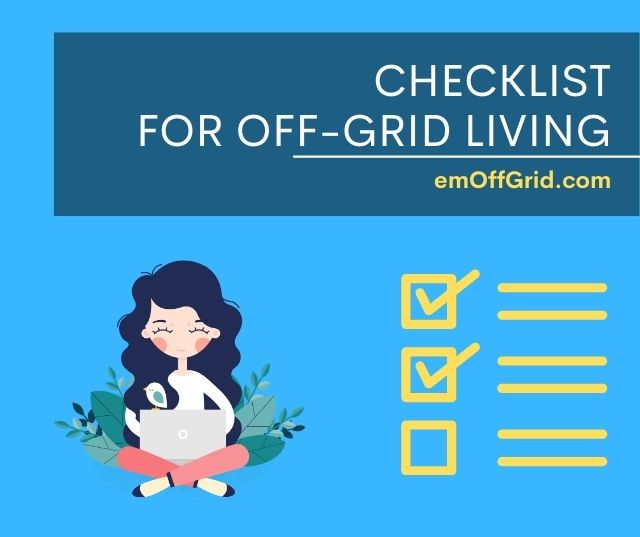Keep Update
Latest
Blog
Published

Buying and Installing best solar sun shades is the most smart method to shield the house against excessive sunlight.

Water from wells, lakes are not safe to drink. It still includes many contaminants that you may wish to remove, but purchasing a filter system may be costly.
You may find yourself in an emergency circumstance when you require a supply of drinking water to survive.
DIY water filter systems might be the answer in any of these scenarios – attempting to save a little money or desperately attempting to remain alive.

Solar reflective paints can reduce the risk of a dump roof by reflecting the heat that comes from the sun.




